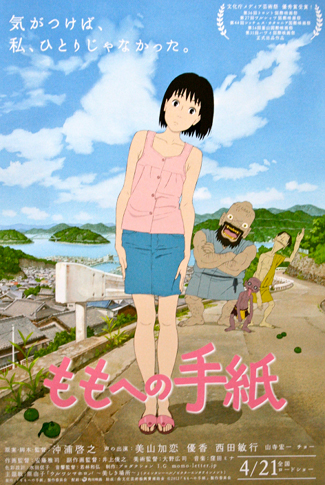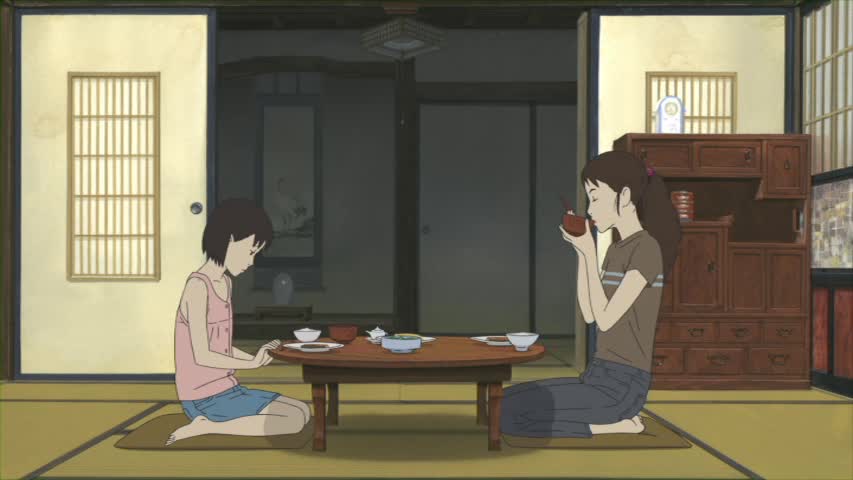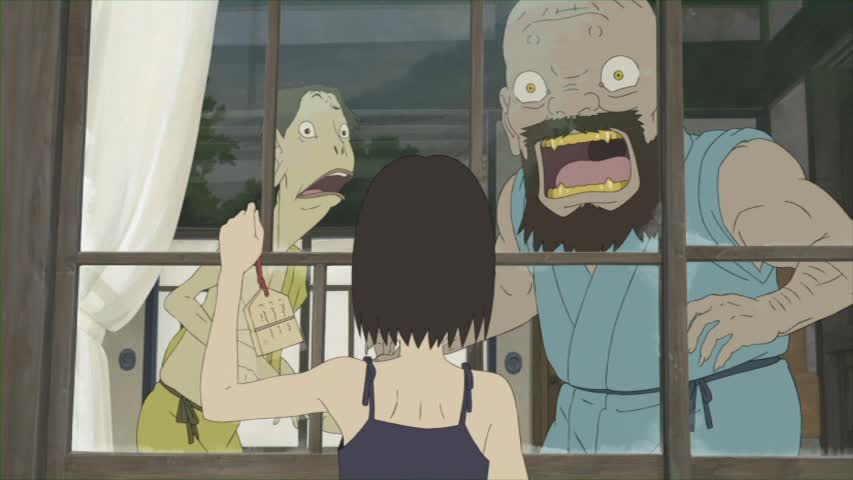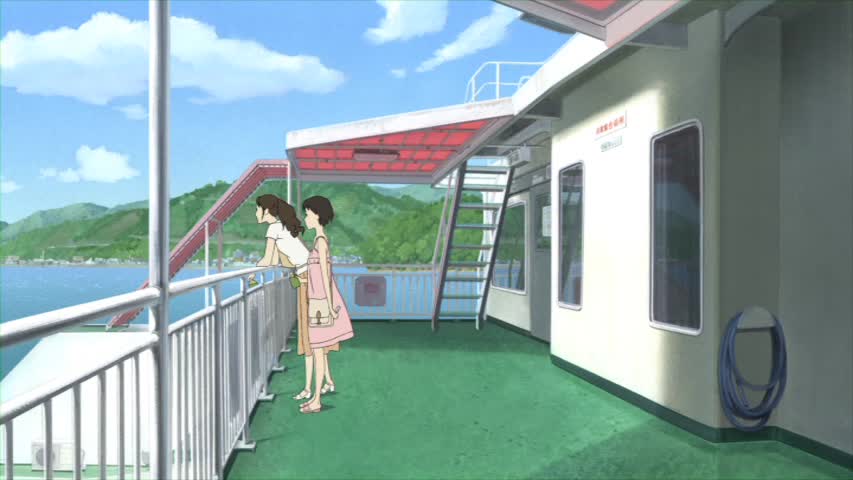Tim, our resident animation guy, sounds off on the eligible films vying for Animated Feature
 Between now and the announcement of the Academy Award nominees on January 16, I’ll be taking a look at some of the films submitted for the Best Animated Feature award: specifically, the smaller, more easily-overlooked films from non-U.S. animation studios. For it strikes me that they are the more deeply in need of love and attention than the more visible mainstream American productions likely to dominate the race. Also, I don't imagine that anyone is desperate to have a conversation about Free Birds.
Between now and the announcement of the Academy Award nominees on January 16, I’ll be taking a look at some of the films submitted for the Best Animated Feature award: specifically, the smaller, more easily-overlooked films from non-U.S. animation studios. For it strikes me that they are the more deeply in need of love and attention than the more visible mainstream American productions likely to dominate the race. Also, I don't imagine that anyone is desperate to have a conversation about Free Birds.
Our first subject is the oldest on the submission list: A Letter from Momo from Japan, which premiered at the 2011 Toronto Film Festival, only making its stateside bow this year.
[Does it deserve the comparisons to Spirited Away? Find out after the jump]
A Letter to Momo comes to us from Production I.G., the studio whose best-known release is 1995’s Ghost in the Shell, but that’s not remotely the territory that this new film occupies: writer-director Hiroyuki Okiura (making only his second feature in 12 years, though he’s quite a prolific character designer and animator) is focused more on human emotions and domesticity than science fiction and warped bodies.

In fact, A Letter to Momo feels a great deal more like something by Production I.G.’s far more prominent (in the West, at least) competitor, Studio Ghibli. It’s the story of a girl, Momo (Karen Miyama) who moves against her wishes to a home in the rural corners of Japan, so that her recently-widowed mother (singer Yuka) can get back on her feet. Here, Momo discovers a trio of goblins following her for uncertain reasons, though given how the movie is structured, it doesn’t take the genre-savviest viewer to guess that it’s got something to do with her intense feelings of guilt and grief over the way she treated her dad the last time she saw him.
That basic situation puts us very cozily in the neighborhood of My Neighbor Totoro, with a few dashes of Spirited Away for flavor, though that’s as far as I’d take it. A Letter to Momo, is very much not a Studio Ghibli film, either in its emotional tenor or its aesthetic. For one thing, it’s entirely laid-back about its fantastic elements, keeping away from any big awe-inspiring moment; once the three goblins have made themselves a fixture in Momo’s life, they’re basically just awkward houseguests. That’s probably the single most unexpected twist in the film’s narrative emphasis: the degree to which it plays like a goblin-themed sitcom in which the wacky monsters keep making Momo’s life harder to explain to the uncomprehending adults around her.

Absolutely nothing about the sentence I just wrote makes the film sound even a little bit tolerable, so please allow me to walk back a little bit. The broad humor represented by the goblins suits the film very well, particularly if we concede that it’s basically a kids’ movie, however much it doesn’t immediately look like one. So much of the film is in a sober, dour register: Momo’s grief, her difficulty making connection with the kids in her new island home, her overwhelming sense of dislocation, nicely expressed in images that emphasize her slight distance from everyone around her. The goblins aren’t exactly comic relief, however, but a leavening agent, adding a sense of fun and charm to an unpromising world, and letting Momo find her footing.
It is a very simple, individually-sized movie, then, with a spare visual style to match. No bright colors or fanciful designs here! The movie’s color palette is quite muted, with even the brightest notes of blue, green, and pink all faded like an old photograph; the designs are simple, with even the goblins hewing to one basic idea apiece from traditional folk art and not finding themselves bogged down in details or lushness. It’s not as visually exciting as most of the anime that gets released to any kind of size in America, but it’s hard to deny that it fits the plot perfectly: Momo is surrounded by a simpler environment and slower pace of life that she has to adjust to over the course of the film, and the aesthetic is therefore a quiet, subdued backdrop.

The mood A Letter to Momo creates is appealingly relaxed and reflective, deeply aware of its characters’ sore emotions, which makes it much harder on the film when it tries to boost the drama and conflict in the last twenty minutes or so, with a storm-wracked race against time that represents everything the movie has not been to this point. It suffers greatly from this massive tonal shift, which the movie can’t even justify (the end-point of the action takes place offscreen, probably because there wasn’t any way to make it fulfill the narrative function that has been claimed for it), and it leaves the movie on an off-note that casts a bit of a cloud over the whole thing. Still, there’s a lot to the film that’s likable overall, and it’s a fine example of how small, domestic situations can be imaginatively and effectively explored through attractive, though not groundbreaking animation.

Oscar prospects: It’s probably not the case that there’s a single slot for a Japanese film, but if there was, Hayao Miyazaki’s The Wind Rises is clearly in better position to get it. Besides, distributor GKIDS has a much stronger play with Ernest & Celestine. I very much don’t see this happening.